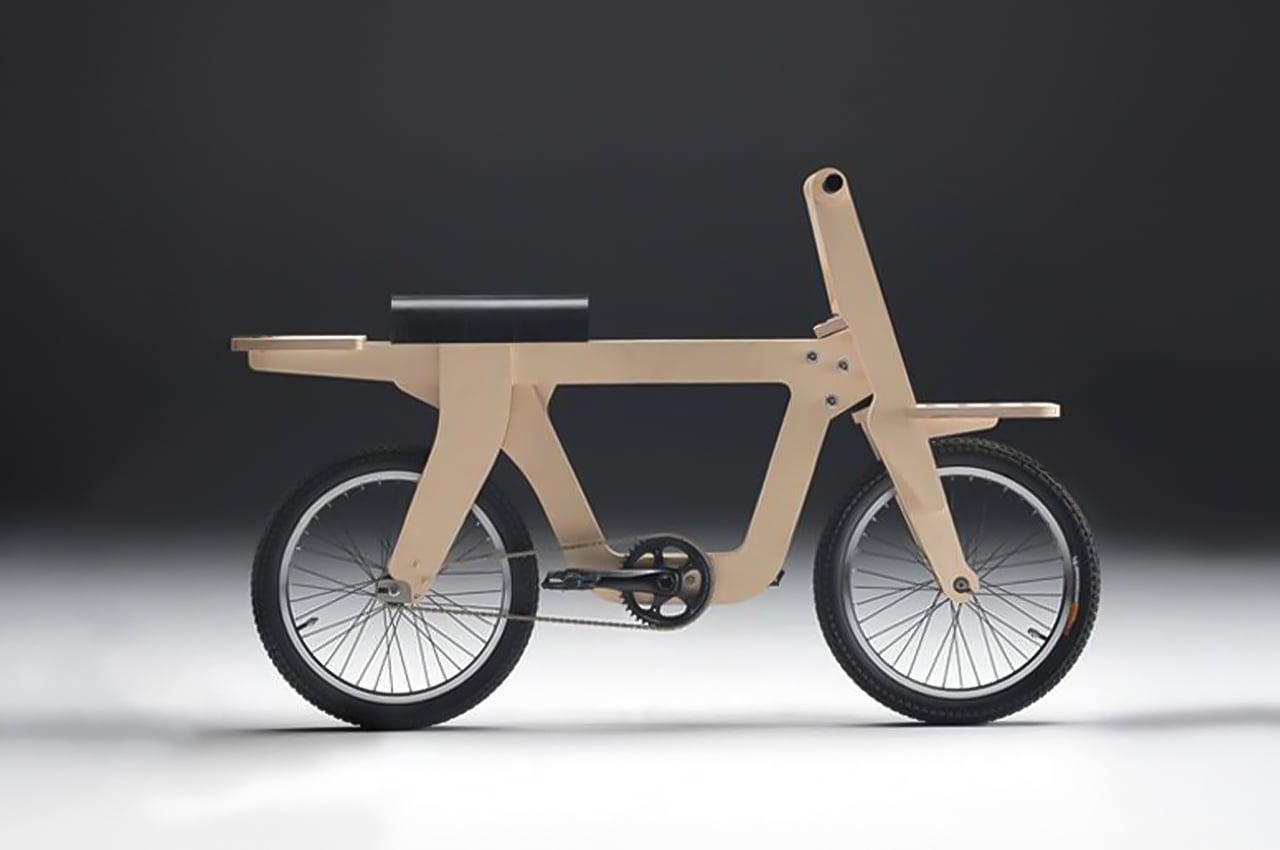
Our unhealthy practices and way of living are truly harmful to the environment and have been slowly leading to its deterioration. And the world has been changing (for the worse) because of this. Hence, it is extremely important to live sustainably and consciously and to take care of the environment. Integrating sustainability into our day-to-day lives has become crucial! And we can do this in various ways. Designers and creators are coming up with sustainable alternatives for almost everything! Every product that is necessary and utilized by us in our everyday routine has an eco-friendly alternative to it. Replacing our usual mass-produced designs with these greener options will make a huge difference to the environment and Mother Earth! From a DIY wooden bicycle to a sustainable material made from shell waste – we’ve curated a whole collection of sustainable product designs to help you go green!
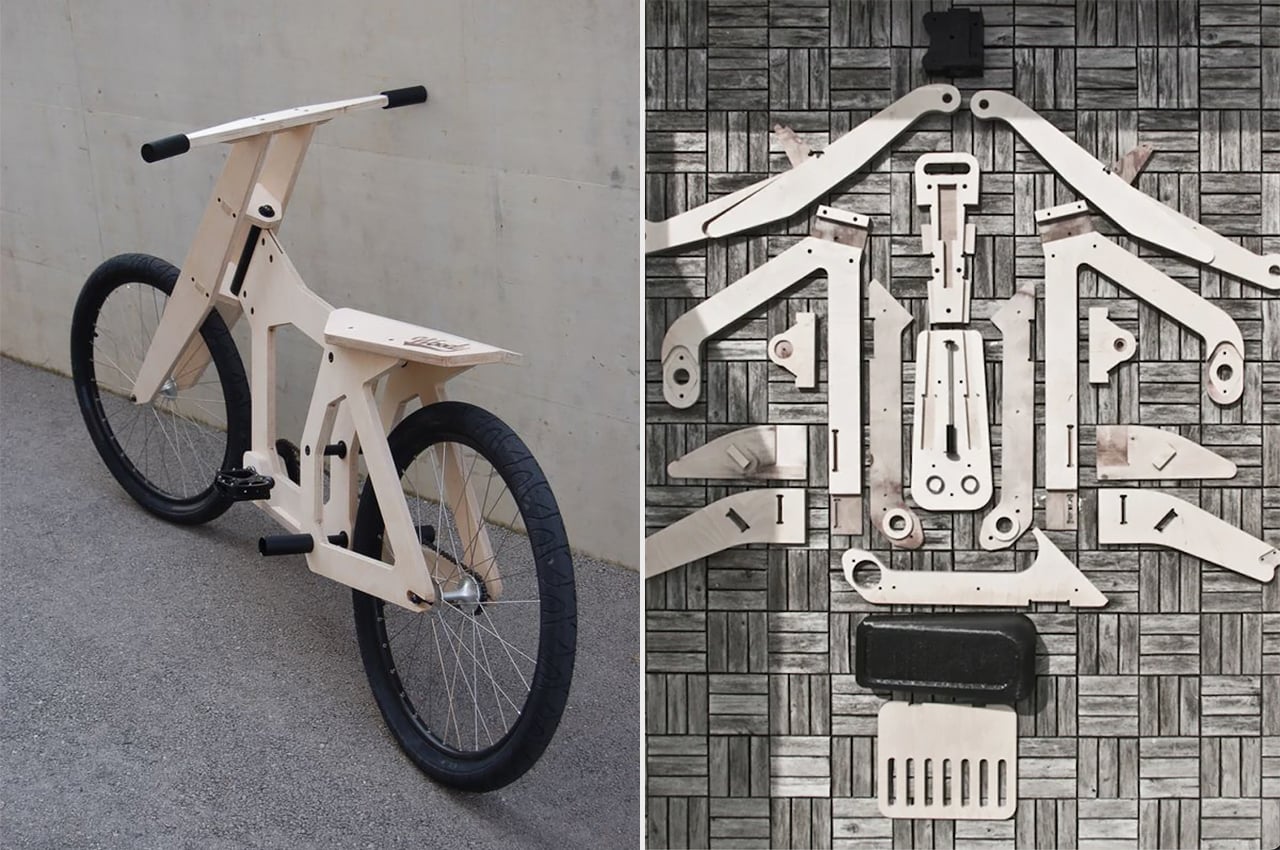

This bicycle made of plywood was created with an intent to get more people to focus on sustainability. The open source design is called ‘Openbike’ and despite the obvious problems that come with a bike made from plywood, it is still an affordable and lightweight alternative to those who want to live on a budget but are also eco-conscious. You can download the files to build your own bike here! To fabricate the bike, you have to download the drawings from their website. Then you can take the drawings to a local digital fabrication workshop where the CNC machine cuts the body of the bicycle from plywood and uses 3D printing for elements such as the saddle, front hub, and hand grips which could also be recycled from old bikes depending on the resources available.
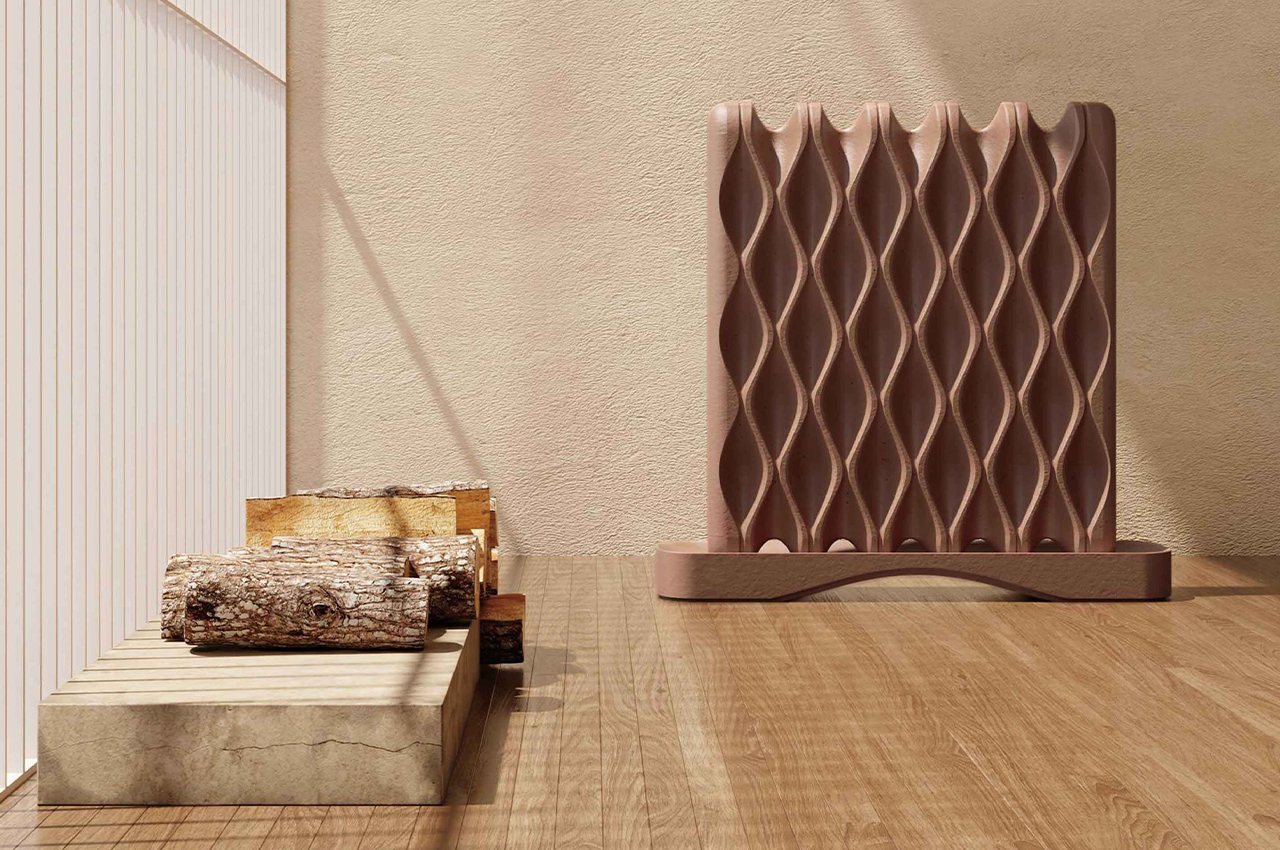
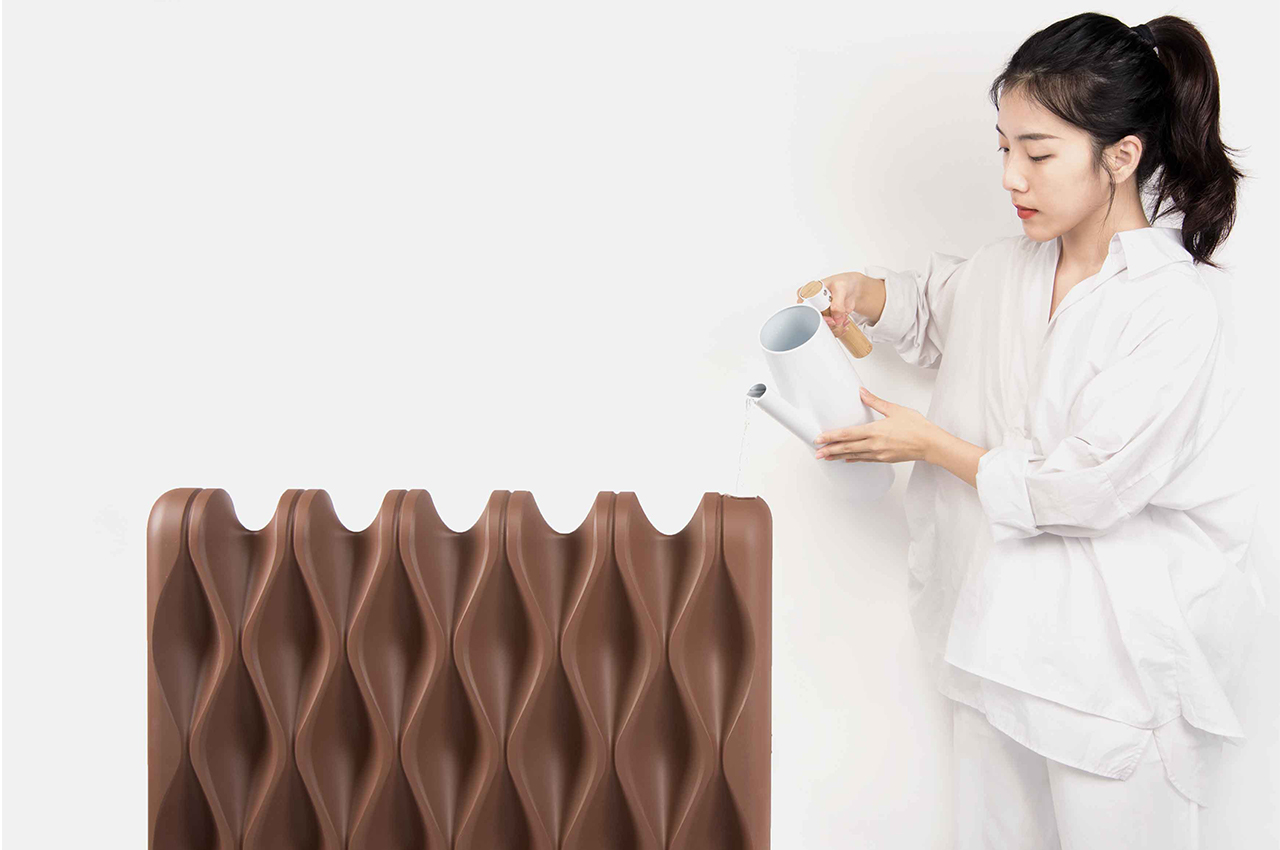
Led by Haibo Hou, the team of student designers produced the Coarse Pottery Air-Humidifier as a sustainable alternative to electric air humidifiers. Designed to moisten dry interior spaces, the Coarse Pottery Air-Humidifier almost appears like a radiator made from clay. The air humidifier is made from a type of pottery that contains just the right amount of porosity and moisture absorption qualities. By adding water to the Coarse Pottery Air-Humidifier’s basin, the droplets will gradually rise and evaporate through tiny cavities located near the Coarse Pottery Air-Humidifier’s top. As the water rises, the interior space’s air is moistened with small water droplets. The corrugated body of the Coarse Pottery Air-Humidifier creates a wavelike form that alludes to its natural evaporative function.
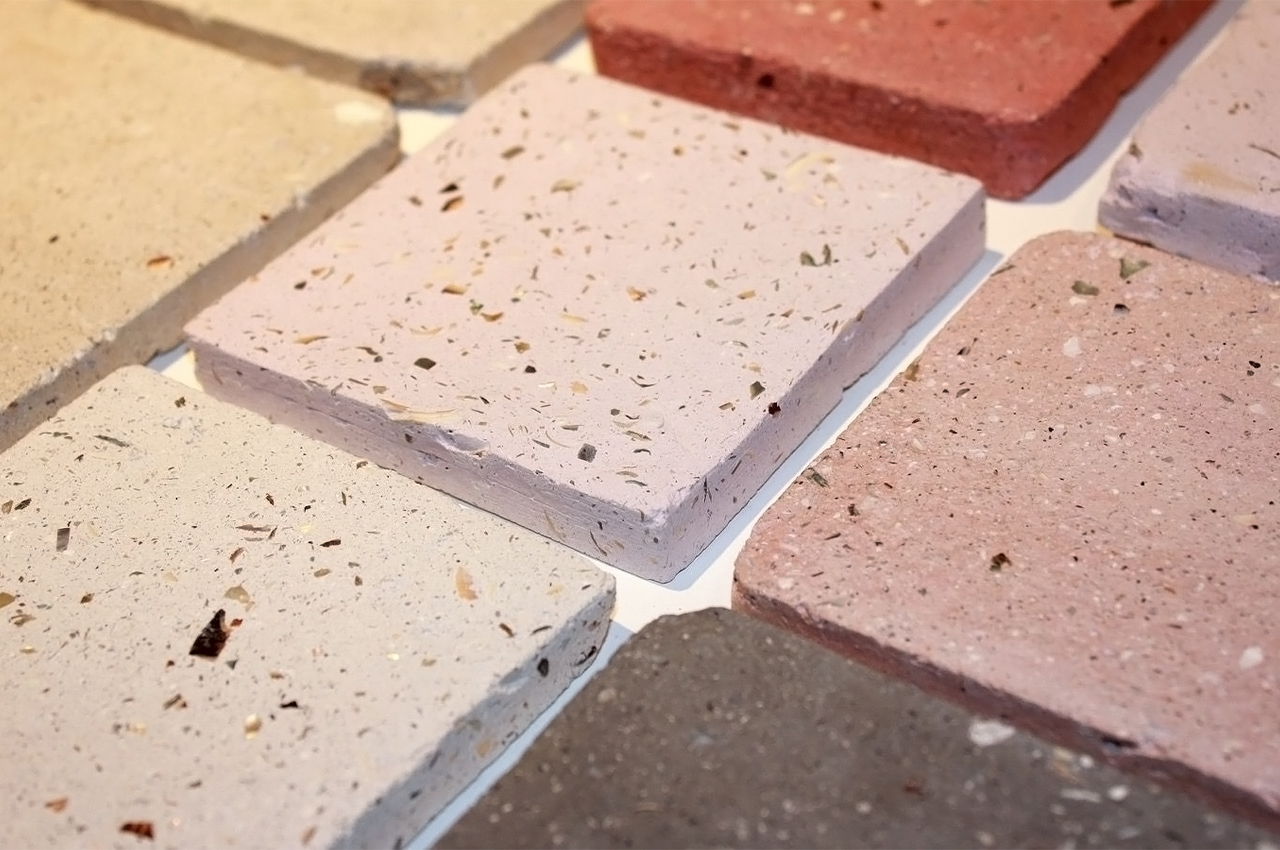
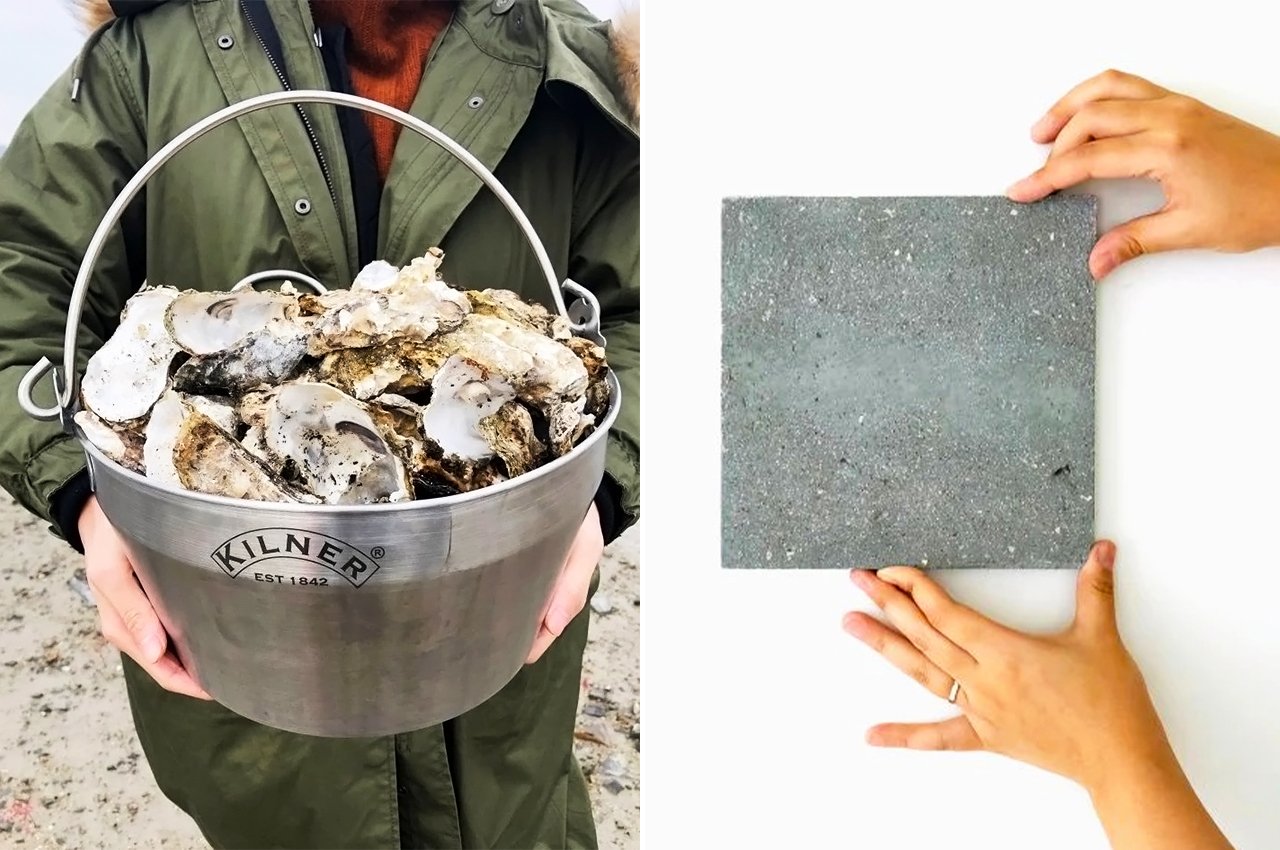
Sea Stone is made by grinding down shells that are destined for landfills before combining them with natural, non-toxic binders. This grants the material a terrazzo-like aesthetic. The aim is to make it a sustainable alternative to concrete in the design of small-scale products, as the two materials share similar properties. Seashells are rich in calcium carbonate aka limestone, which is used to make cement – a key ingredient of concrete. The process involves grinding down the shells and mixing them with natural binders. They are then added to a mould and left to solidify into concrete-like tiles. This method is currently carried out manually to avoid the use of heat, electricity and chemical treatments and ensure the process is as sustainable and affordable as possible. It results in variations in the sizes, textures and colours of the shell fragments and means that each piece of Sea Stone is unique. You can get different textures by altering the number of shells, binders, or adding coloured dyes for aesthetics.


Seventh Generation’s goal is to limit harmful chemicals and they use plant-based ingredients, scents made from real ingredients, and no synthetic fragrances/dyes in their products. It encourages the importance of wellness is in our personal care, household products, and generally in our everyday lifestyle. The concept demands we expand our understanding of what nourishes us without harming the planet through beautiful and innovative design. The aim is to create 100% plastic-free packaging. The challenge is to rebrand a traditional product line and redesign the packaging system to be fully sustainable while utilizing no plastic or bioplastic. Biomaterials like tin, wood pulp, plant cellulose, food waste, grass, algae, and mushrooms are being considered. It will all be sustainably sourced, preferably materials that are at the end of their lives and can be composed into biomass to regenerate depleted farming soils.

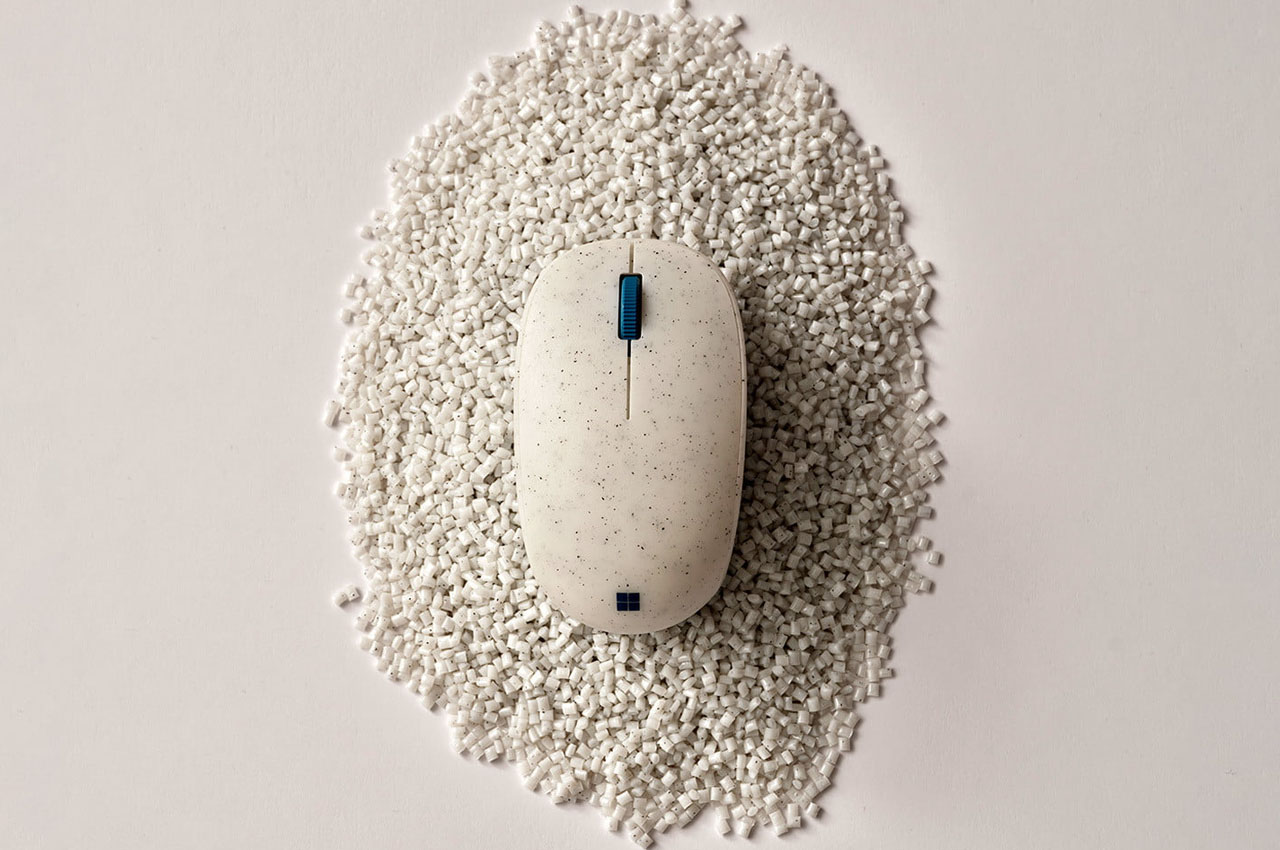
This first-of-a-kind Microsoft consumer electronic product was initially planned with the aim of infusing at least 10 percent recycled ocean plastic. After formulating the prototypes, the final version’s exterior shell came out with 20 percent recycled ocean plastic. Way more than the initial goal set by Microsoft! The Ocean Plastic Mouse also has packaging made out of 100 percent recyclable material – recyclable wood and sugarcane fibers to be precise. The plastic shell mixed with resin and other materials starts its journey from the oceans and waterways – in the form of waste plastic recovered from these water bodies. The plastic waste is then cleaned and processed into recyclable plastic resin pellets to procure the raw material for the final processing.
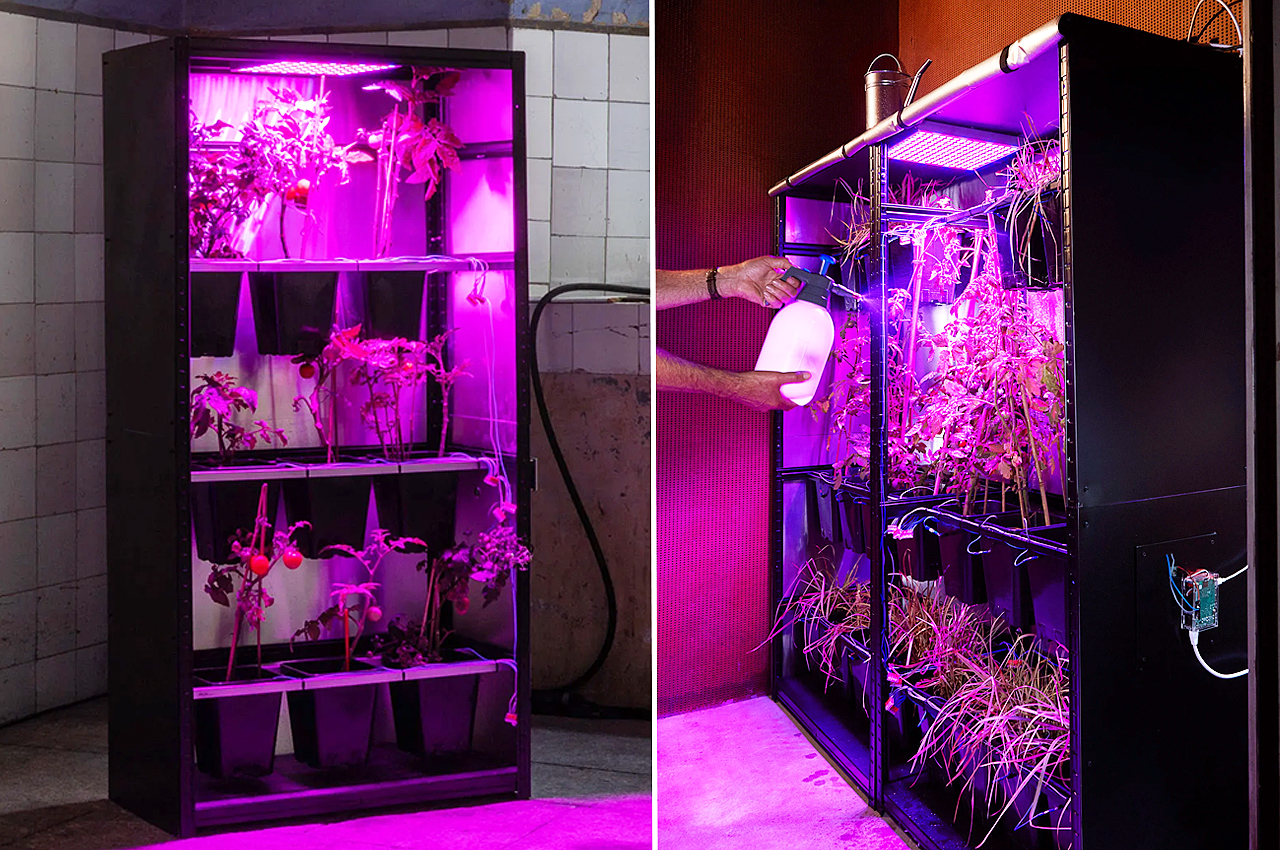

Straight out from that sci-fi futuristic scenario is the Warm Earth server system by Ilja Schamle, a Design Academy Eindhoven graduate. The DIY cloud server system embodies the symbiotic relationship between technology and nature. This project is all about utilizing the renewable energy extracted out of tomato vines to solely run the cloud server. In turn, the energy produced by the heat dissipation is cyclically used to maintain the optimum temperature for the vegetables to grow. As concept-like this might seem, the project was a part of the Missed Your Call graduate exhibition at the Milan design week. The DIY project houses the tomato plants within the server racks and the server is mounted on the exterior of the rig. The ventilation shaft equipped with fans, channels the hot air to the interior of the cabinet – essentially turning it into a greenhouse. Tomatoes power the server courtesy of the plant-microbial fuel cell technology developed by researchers at Wageningen University, Netherlands. This turns vegetables into batteries – literally!


Inspired by his desire “to reinvent the ways we use and produce energy,” on small-scale levels, Vento is not merely a bicycle light, as Bestenheider describes, but “a power plant, a way to question energy consumption, and an object to connect like-minded individuals. Vento is a mindset.” Composed of four main components, Vento is like a miniature wind turbine. Constructed from recycled plexiglass and aluminum, Vento’s microturbine harvests wind energy while the bicycle is in motion. Then, the energy is converted into electricity through electromagnetic induction that takes place in the turbine’s generator. The bicycle light’s battery then stores this energy and the LED bulb generates light. While moving in your bike, the wind is always whipping past you, so the light will always work when needed. Positioned conveniently right between the handlebars, Vento also features on/off and blinking switches for day use.


Sustainable designs often draw inspiration from nature and this furniture series is no exception. It is produced through the designer’s own Portugal-based studio Made in Situ and it celebrates the beauty of Portuguese landscapes which are abundant with cork forests. Cork is one of the most resilient natural materials. While the designer was driving through the Pedrógão Grande mountain region during the forest fires of 2017, he was thinking of the destruction, and during that he had the “Aha!” moment of using burnt cork as a material. A year later, he visited a traditional cork manufacturing company where he discovered various cork processing techniques which included the waste material from the fires – literal burnt cork! The limited-edition set includes a dining table, two low tables, a lounge chair, a dining chair, a chaise longue, and a stool. Each piece has a base with a bark-like texture that then transforms into a fine grain surface at the top. The chairs showcase ergonomic silhouettes that promise comfort while the tables feature architectural elements.
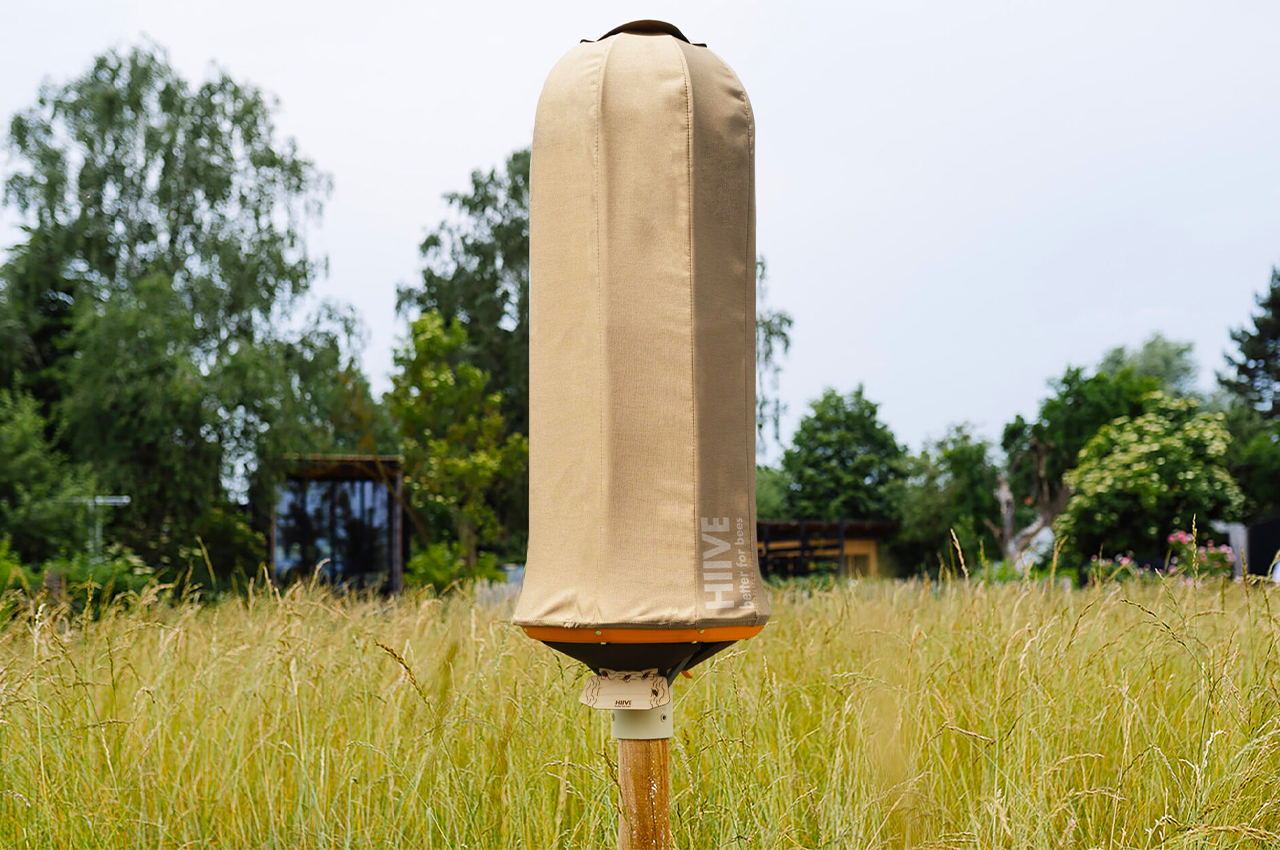

HIIVE is a beehive designed to help beekeepers to keep their bees in a more natural way compared to traditional hives. It is crafted from sustainable materials and with low-energy sensors to give the beekeeping experience a much-needed upgrade since it has been 150 years since the conventional bee box design. It supports the inherent behavior of the Apis Mellifera aka the European honeybee which is one of the most common types. “At first we just wanted to design a more ergonomic beehive. While studying design, we accompanied several beekeepers. The first time we saw the treatment against the Varroa Mite (biggest enemy of the honeybee), it was shocking. The chemical treatment had a direct effect on the bees‘ behavior. We found that there is a more serious problem to be solved than the ergonomics of beekeeping. So we spoke to scientists for advice and they repeatedly pointed out the problem with the wrong microclimate in conventional bee-boxes,” explained Potthast and that is how the concept came to bee.
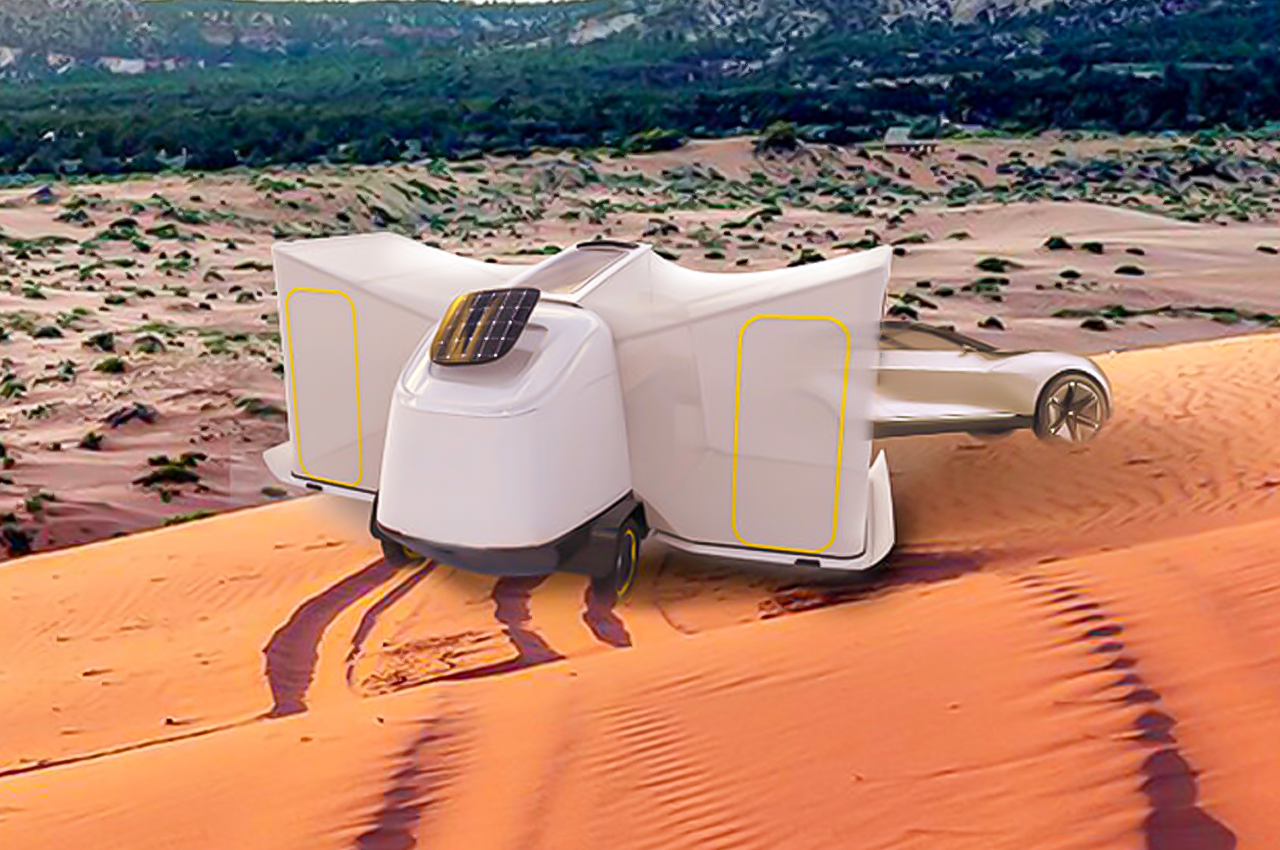
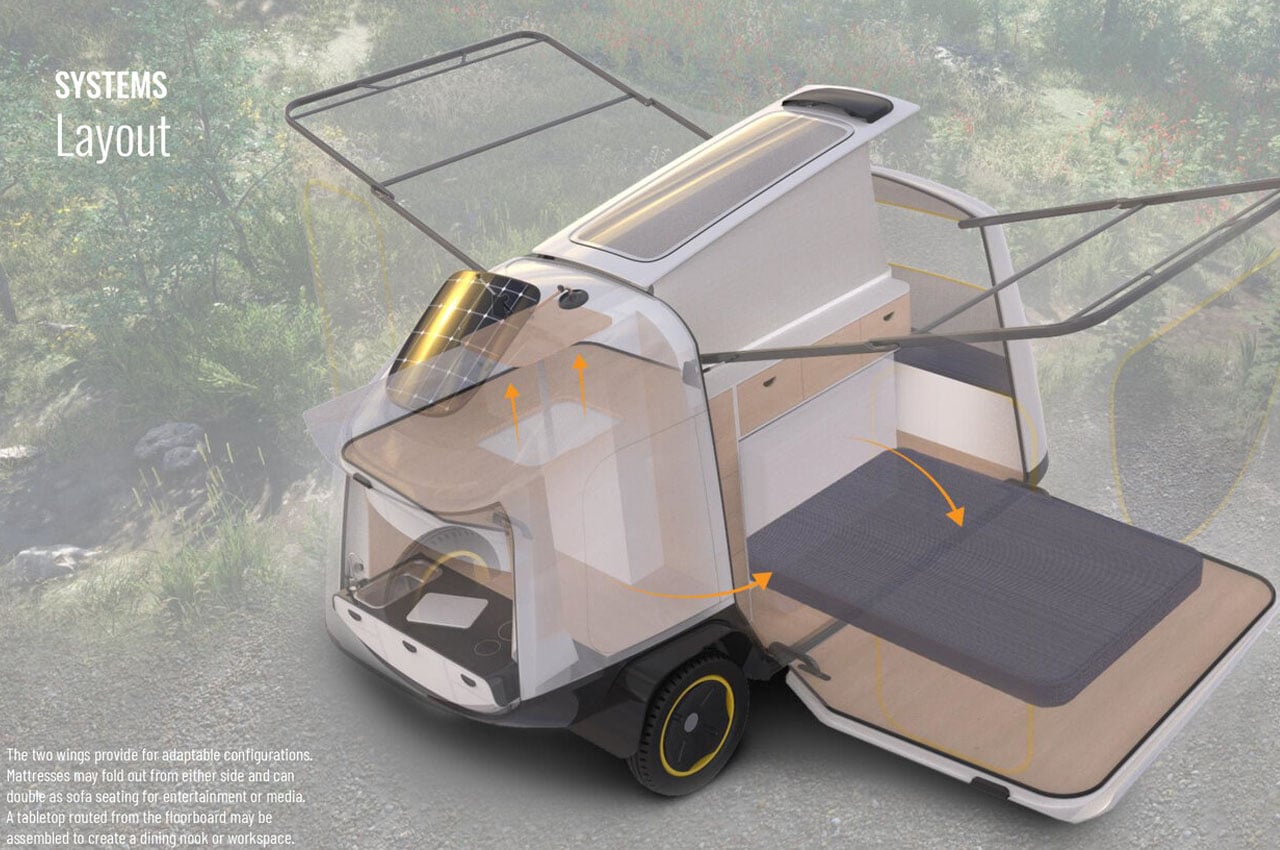
This is the RV2035 towable trailer designed to be aerodynamic for minimal impact on the road and fully compatible with electric vehicles that are centered on performance and maximum range. The outer structure of the trailer is made out of lightweight carbon fiber which will be recyclable and durable. The expanded sections on either side have two rooms for privacy and the windowed flaps having screens welcomes nature inside. To the rear is the kitchenette that comes with an insulated cooler drawer and ice-maker. The induction cooktop’s backlit display keeps the occupants informed about the current weather, battery status, and the time for a solar recharge. The solar panels actuated by motorized brackets track the movement of the sun to keep themselves aligned optimally to capture maximum solar energy.
The post Sustainable Products designed to make an eco-friendly + zero waste lifestyle an achievable reality! first appeared on Yanko Design.




No comments:
Post a Comment